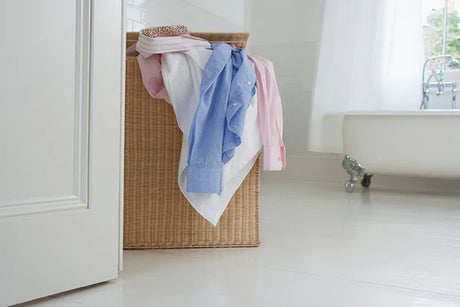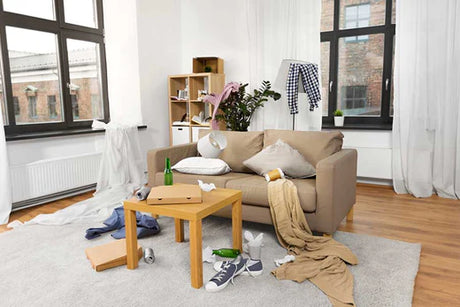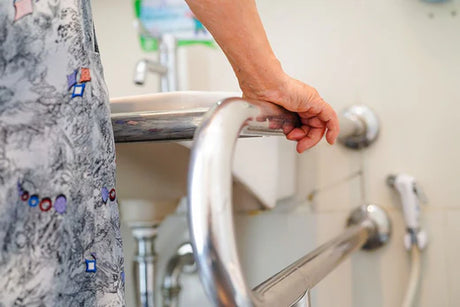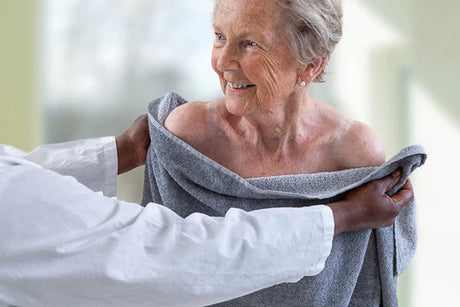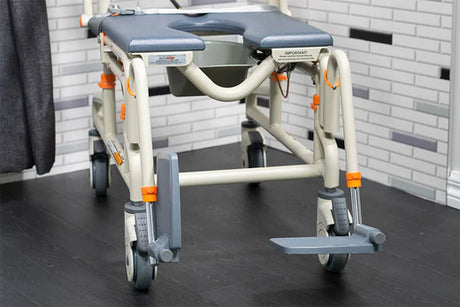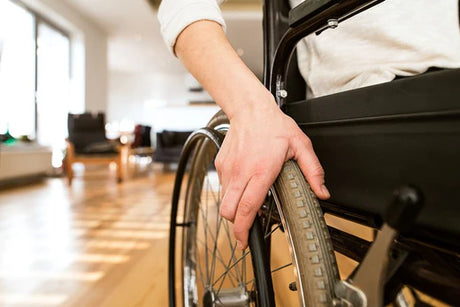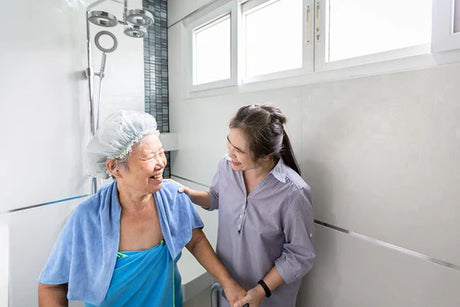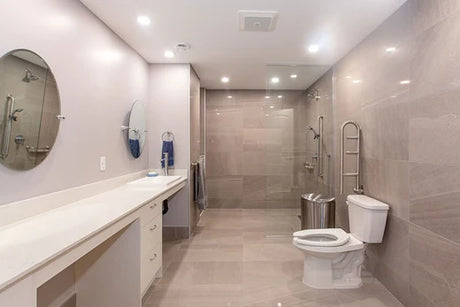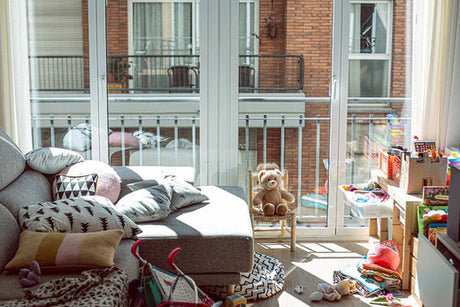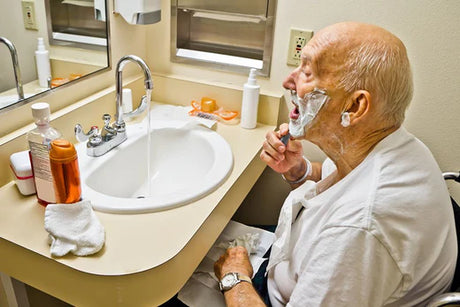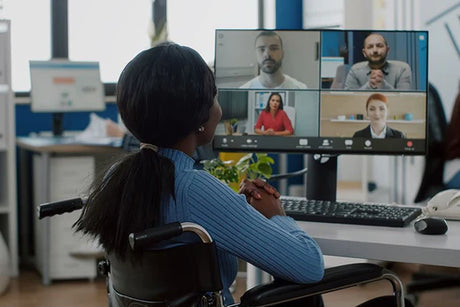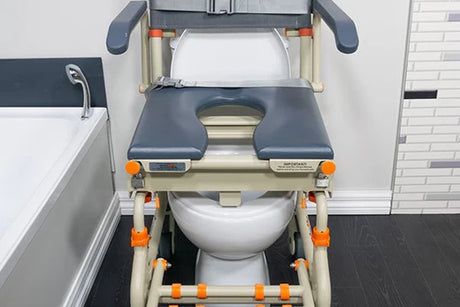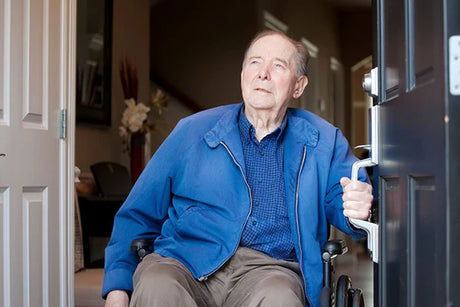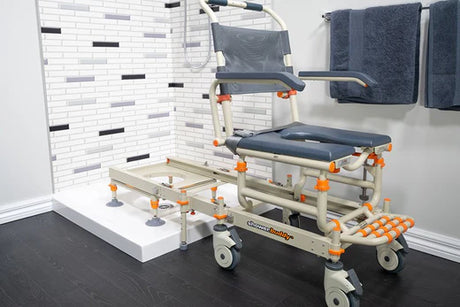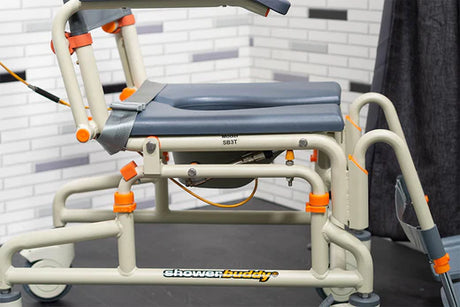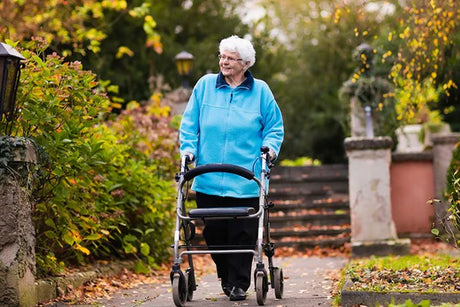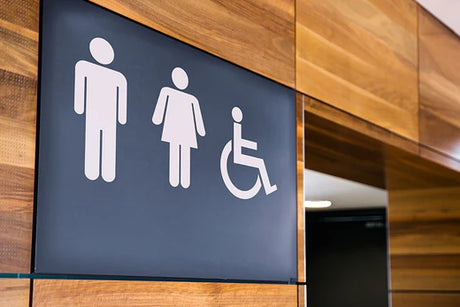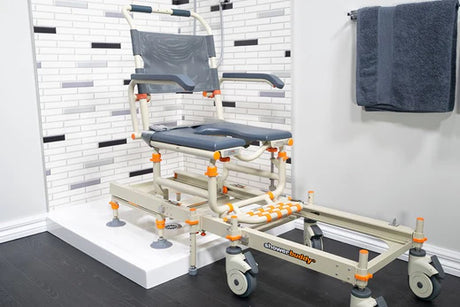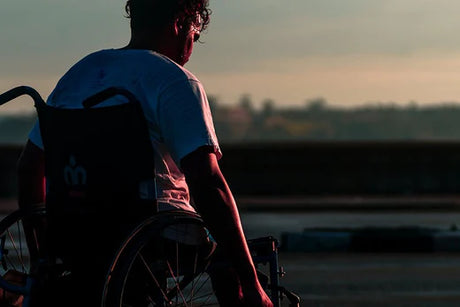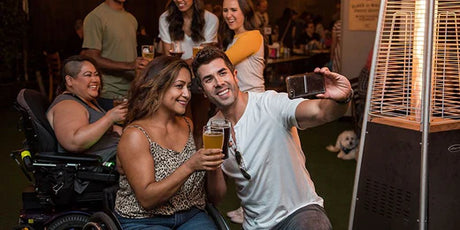The information in this article is intended as a general guide only. Always consult the support plan and occupational therapist. Carers should follow health guidelines and their employer’s training in all situations.
The relationship between a mobility impaired person and their personal carer is one of the most important parts of a care system, along with equipment and the daily plan. A support worker is in a great position of trust by the patient, meaning that open communication and safe patient handling are essential. Working together can ensure a positive, long lasting patient-carer relationship.
What does a carer do?
A carer may be a professional support person who is trained to manage an incapacitated or mobility impaired patient manage their daily tasks. Or, they might be a family member who has committed to provide care either part or full time. Some individuals combine professional and family support for a well rounded plan that reduces strain on any one party.
Depending on the level of disability, a carer will have to conduct anything from lifting the individual into bed to managing their toilet use. A carer may also prepare meals, ensure the home is warm/cool, transport the individual and any other task outlined in the care plan an OT or PT puts together.

Professional carers need to be reasonably strong and fit given their vocation requires a lot of physical exertion. Handling another human body puts the carer under strain, and distributing weight in different positions presents many opportunities for injury.
The health risks of patient handling for the carer
Consider the different positions a patient may be moved from:
- Lying in bed
- Seated in a chair
- Seated on a toilet
- In a vehicle
- In a shower or bathtub
While professional carers will receive training around techniques for safe lifting of a patient, family members should also seek help understanding proper handling practices too. If you’re interested in learning more about safe handling techniques, speak with your OT or local health authority directly.
Carer wellbeing
- Rest – carers need to rest their body and mind for an extended period each day to allow them to provide support to the best of their ability.
- Early treatment of any minor back or neck pain – the faster carers can address issues, the less chance they have of becoming major injuries.
- Avoid overexertion – not all carers can support all sizes of patients. The support plan will likely require a larger and stronger carer for a patient who weighs more, but carers need to be realistic about their strength level across a sustained period of lifting.
- Use support equipment (more on this later)
- Take leave – along with regular rest, a carer should also take days off to recuperate.
- Ongoing training and support – even a well qualified carer should seek additional upskilling if this is not already part of their job.
If you’re a carer, you need to seek support from local health and disability authorities, such as your employer, or the ACC or Worksafe in New Zealand.
Planning is priority
The more robust a safe patient handling support plan is, the better this is for patients and carers alike. An Occupational or Physical Therapist (PT/OT) will conduct an in depth assessment of the patient’s daily needs and physical goals (if rehabilitation is part of the programme). This plan is put together with the individual and their family at which time the level of in home support will be determined.
Part of this process is about planning as much in advance as possible with regards to evolving needs. For example, a carer may need to provide a high level of handling and transfer support early, with a rehabilitation plan that will enable this help to taper down as the individual becomes more independent.
The support plan will include a risk assessment of the patient’s home environment, impairment and identify hazards to navigate during manual or assisted handling. All carers both professional and family will need to be well-familiarised with this assessment to avoid accidents or injury.
An OT assessment for a mobility impaired individual will be reviewed periodically, especially for clients with long term disability This allows all parties to review the effectiveness of the plan including how handling is going, and make changes accordingly.
Communication is key
It’s good practice for carers to provide patients with warning before undertaking any handling movements. Carers should clearly outline the movement and why, then talk the patient through this as it’s being done. Once the handling is done, carers should ask the patient if they are comfortable and whether they are happy with the movement. This feedback will be important early on in the carer-patient relationship as preferences are established.
Patient dignity
Communication is also critical when maintaining the dignity of a patient during handling. Some will have cultural, religious or simply personal values that make particular handling movements insensitive. While the risk assessment and plan should ideally identify these, there are cases in which the issue is not apparent until manual handling is attempted.

Each country or state has its own requirements around patient care when it comes to home support. Anyone unsure should always consult health authorities first.
Support equipment – why it’s important
Support equipment enables handling to be less strenuous and safer for both patient and carer. Assistive technologies like lifts, hoists, grab bars, and bathrooms transfer systems will reduce load off the carer and make for a safer transition.
This equipment also frees a carer up for things like cleaning, retrieving items, clearing hazards within the environment and other important jobs. This can be critical when the carer is alone with the patient without additional help.
The combination of equipment used will be down to the individual’s own mobility impairment and needs to conduct their daily routine.
Reducing transfers in the bathroom
Handling patients in the bathroom is one of the more risky environments to do this; the combination of lifting and shifting heavy weight and ground moisture from condensation or water can be a recipe for disaster. The more transferring from chair to shower to toilet that occurs, the more chance there is for an injury.

That’s why Showerbuddy systems have been designed to reduce the amount of manual handling required in the bathroom. A carer can even transfer the patient into the chair outside of the bathroom, bring them in, and at no point have to remove them from the chair as they use the toilet and bathe in any standard type of shower (roll-in, bathtub etc).
If you’re interested in learning more about safer bathroom handling made possible by Showerbuddy, check out our range of solutions here.
Further Reading
- Safe Work Australia – Manual Handling
- ACC NZ – Moving Guide
- Canadian Centre for Occupational Health & Safety – Patient Handling






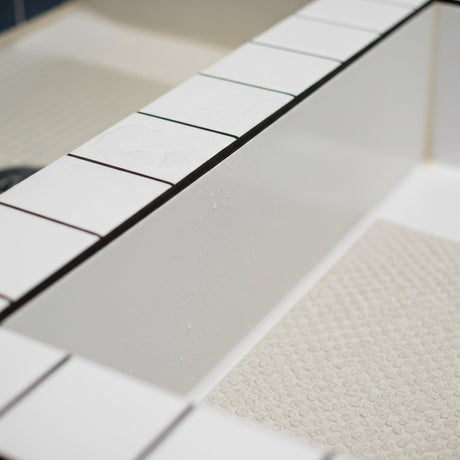

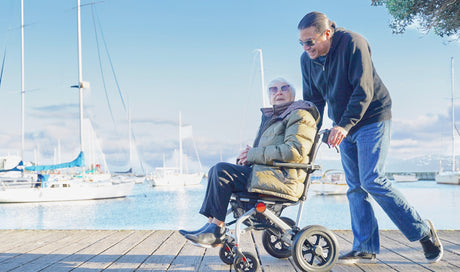
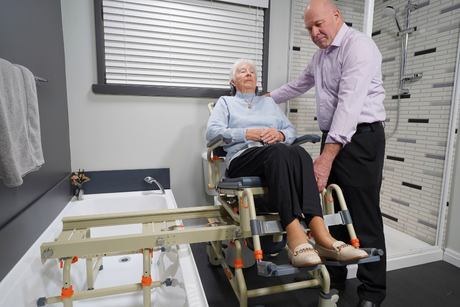
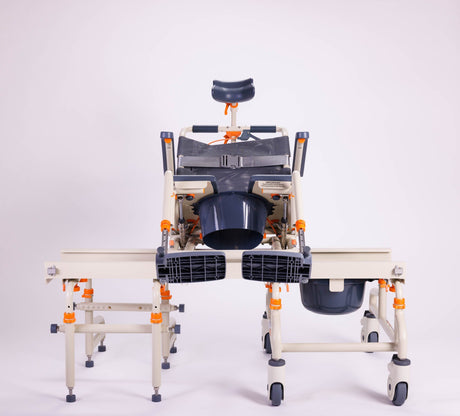
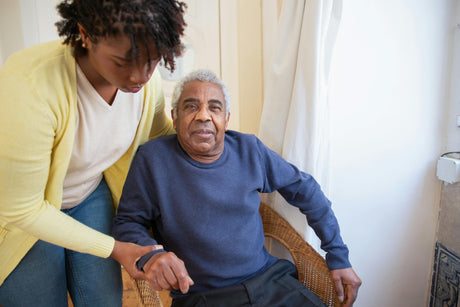
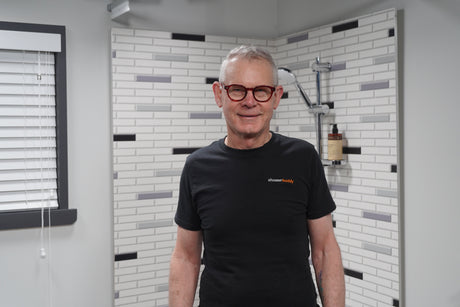
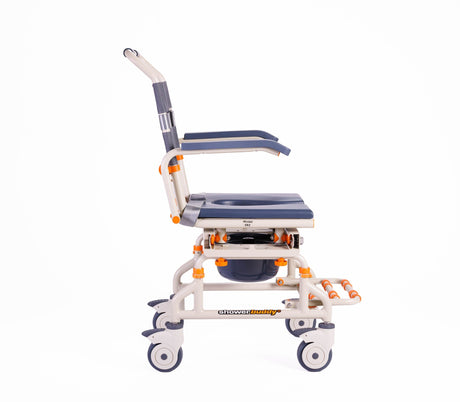
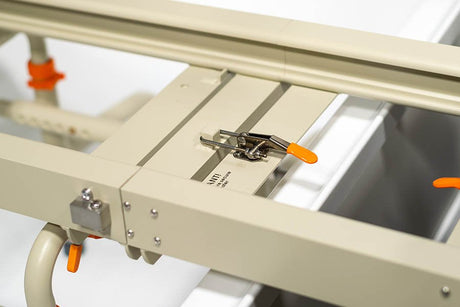

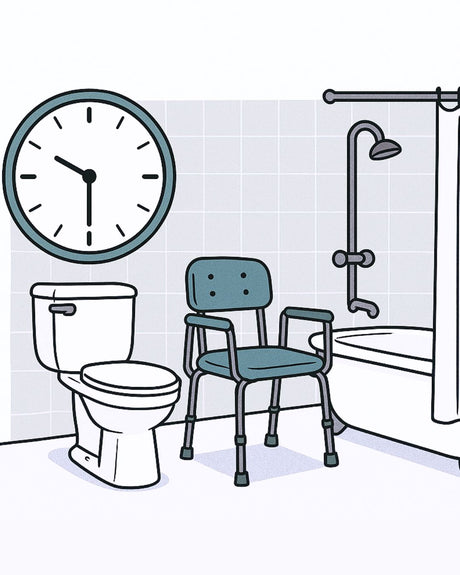
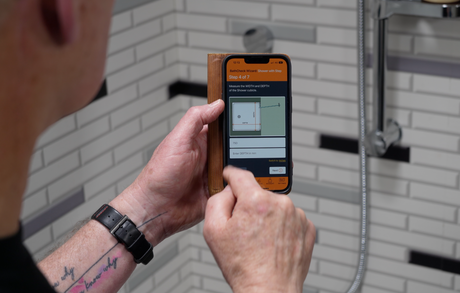
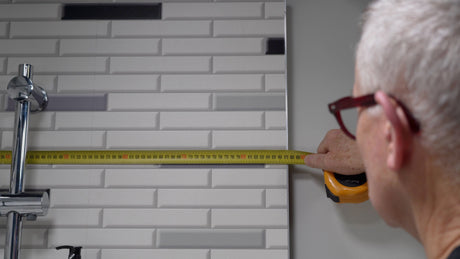
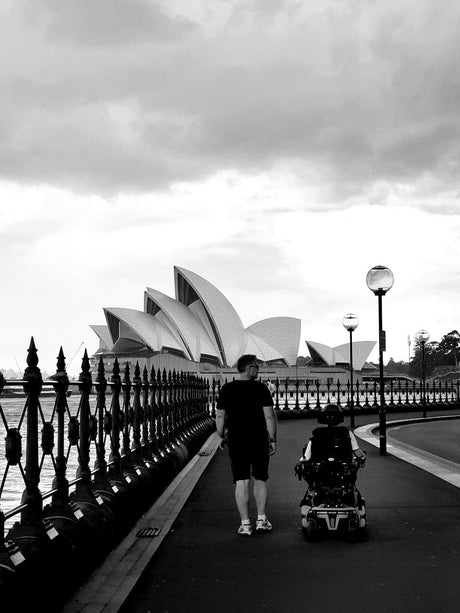
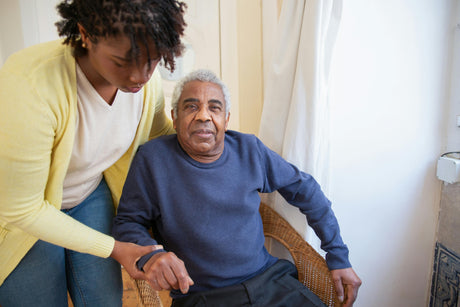
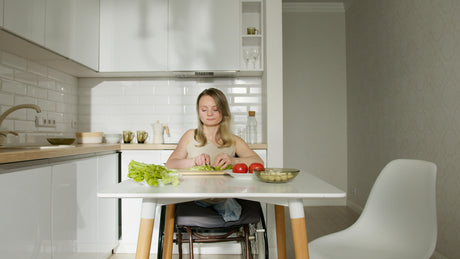
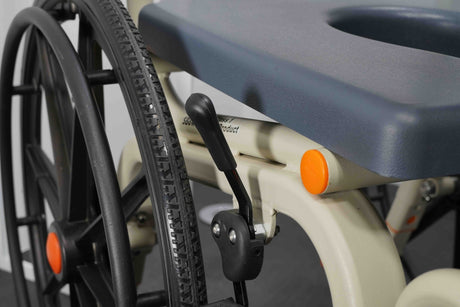


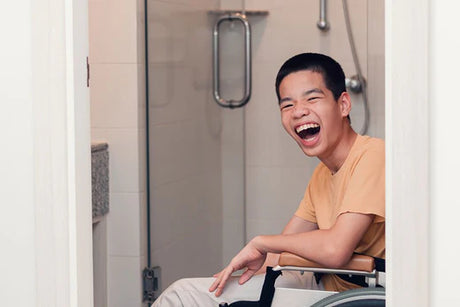
![Toilet Training A Young Child With Mobility Challenges [And How A Shower Chair Can Help]](http://shower-buddy.com/cdn/shop/articles/toilet-training-disabled-child_520x500_a90e5234-d372-435d-aa56-8da15dd3836c.webp?v=1722557239&width=460)

